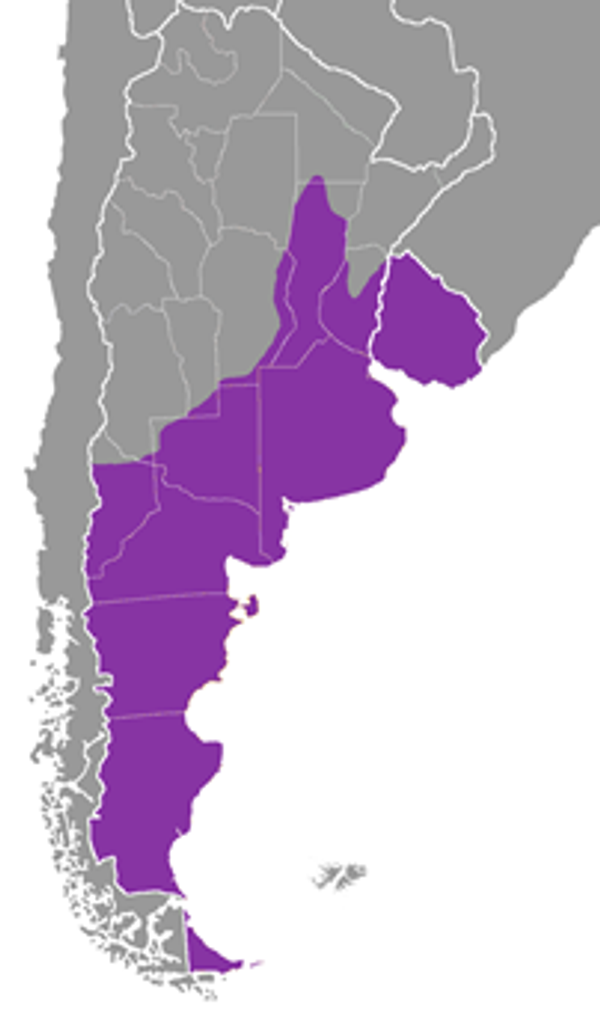The rioplatense Spanish ant its distinctive traits
Spanish is the second language with the most native speakers in the world, after Mandarin Chinese. The number of existing Spanish speakers (around more than 400 million people) is what explains the wide variety that Spanish presents according to the place in the world where we are.
Spanish of the Caribbean, of Andalusia, Mexican, of Chile, of Castile, rioplatense, among many others. In the present it is well known that this idea of "the norm" no longer exists for this reason the different varieties are accepted and taught throughout the world. Now... What differentiates rioplatense Spanish from the other varieties of Spanish?
The first distinctive feature is the “voseo”. This phenomenon replaces the personal pronoun "tú (you)" with "vos" also generating changes in the verbal conjugation. Then, with the question "¿Tú qué quieres? (What do you want?)" In rioplatense Spanish we should ask "¿Vos qué querés?". However, "te" is maintained as an objective pronoun and "tu/tuyo" as possessive pronouns.
The second distinctive feature is a phenomenon known as "yeismo", since the rioplatense Spanish lost the distinction between the old approximate palatal lateral consonant represented by the /ll/ graph and the old approximating palatal consonant represented by the graph /y/. This resulted in a sound transformation [ʎ] to a voiced post-alveolar fricative: [ʒ], or also, sometimes it occurs as a voiceless post-alveolar fricative [ʃ]
What does all this mean? That before the appearance of /ll/ or /y/ the sound realization is like the sound "sh" of the English when reading words like "shut up", for example. Then, phrases like "Yo me llamo Yamila", in rioplatense Spanish, sounds as you can heard in the audio.
A third distinctive feature is the aspiration and drop of the /-s/, when It is at the end of the word and can be linked to the vowel of the next word. For example, the phrase "Los argentinos" in rioplatense Spanish sounds [lo'sargentinos], read all together and without stopping.
A fourth distinctive feature is the vocabulary. Due to the massive immigration of Europeans that has taken place since the mid-nineteenth century and the beginning of the twentieth century, the rioplatense Spanish has used many palabloans. From Italian mainly for food, some examples can be: “feta”, “panceta (bacon)”, “grisín”, pasta, among others. The rioplatense Spanish also took some words from Portuguese but mainly when speaking in a more colloquial or vulgar way: “bichoco”, “changa”, “cacho”. It is very common to take certain terms of English and “spanify” them, the most commonly used examples can be: “googlear” or “facebookear”.
A fifth distinctive feature is given in terms of verb tenses. In rioplatense Spanish, there is a majority use of simple past tense, to refer to past actions; in contrast with the Spanish of the peninsula, where the preterit perfect is very often used. Instead of "esta mañana me he despertado temprano”, in rioplatense Spanish It is said "Esta mañana me levanté temprano"(This morning I woke up early). Also, there is a preference for the periphrastic future over the imperfect future, that is, instead of saying "Iré", "Voy a ir" is used.
One last question that remains to be answered is in what area or where is the rioplatense Spanish spoken? The denomination of this variation of the Spanish is due to the River Plate, reason why its use extends in the zone of the river basin of this River, that is to say, an extensive zone of Argentina and in the whole of Uruguay.

(The translation is my responsibility. I apologize for the mistakes that I may have)
2019年3月25日





